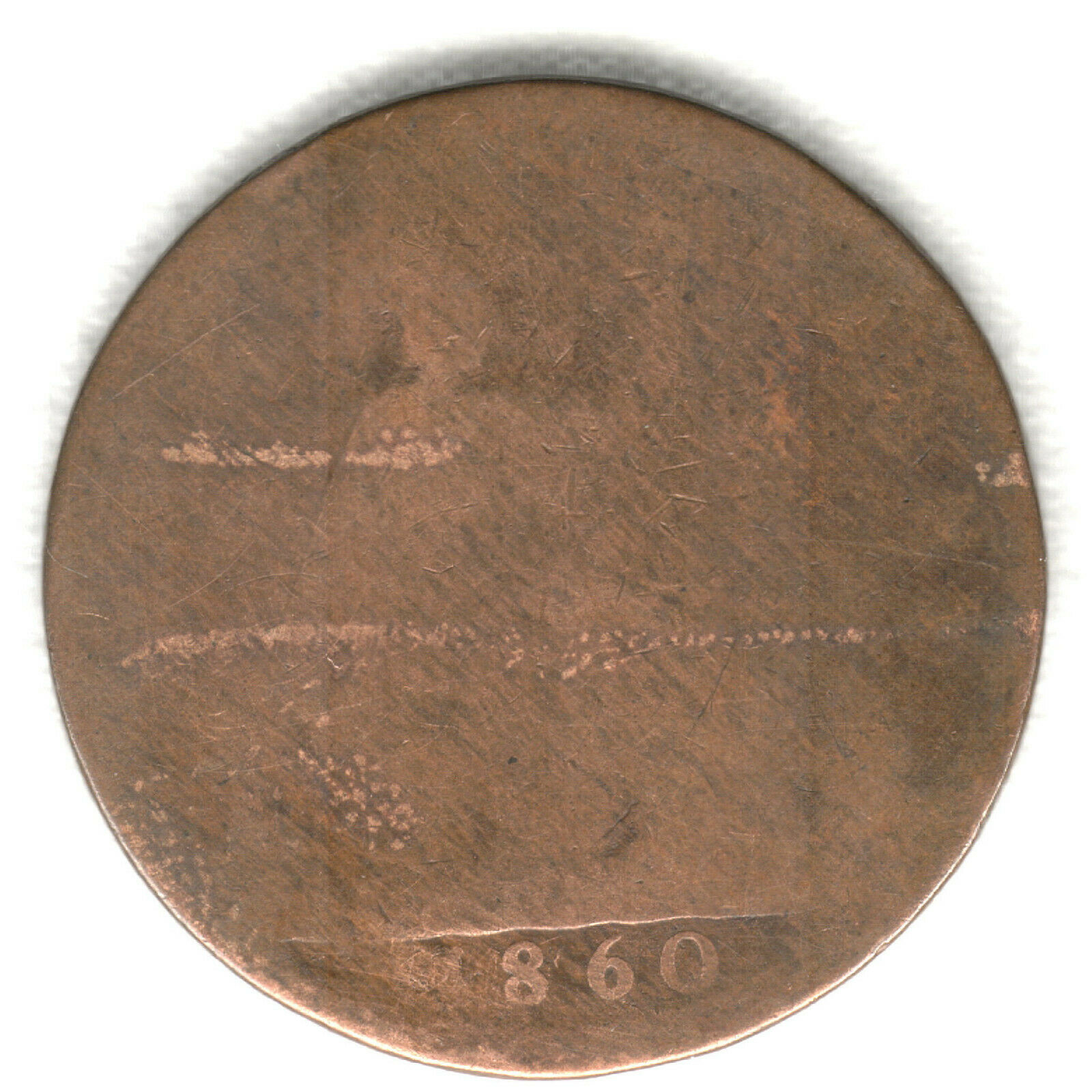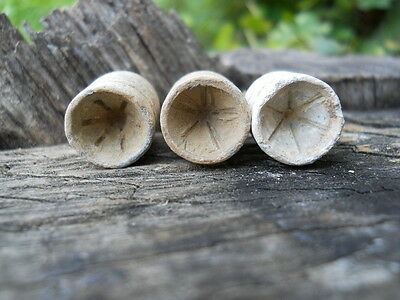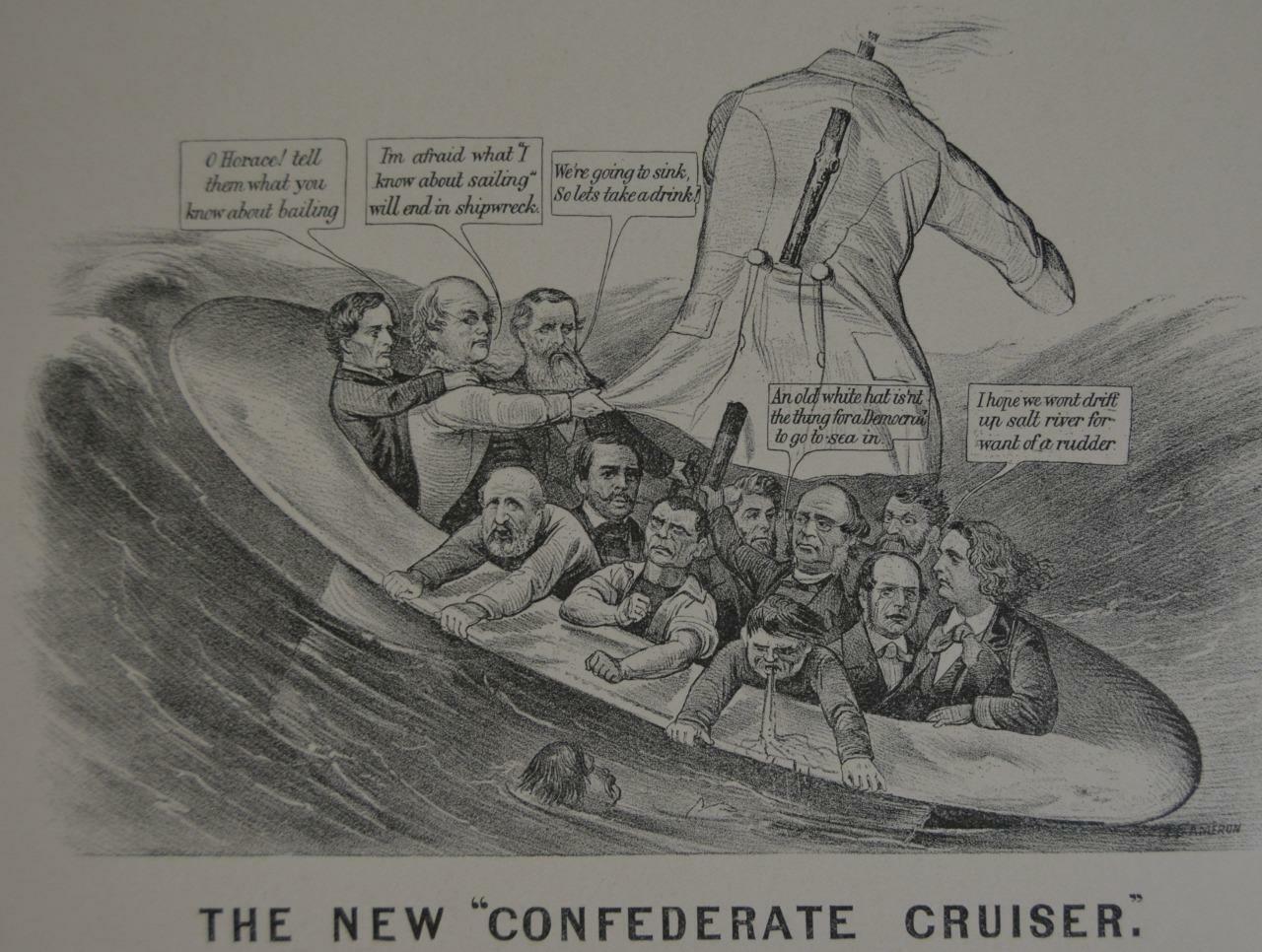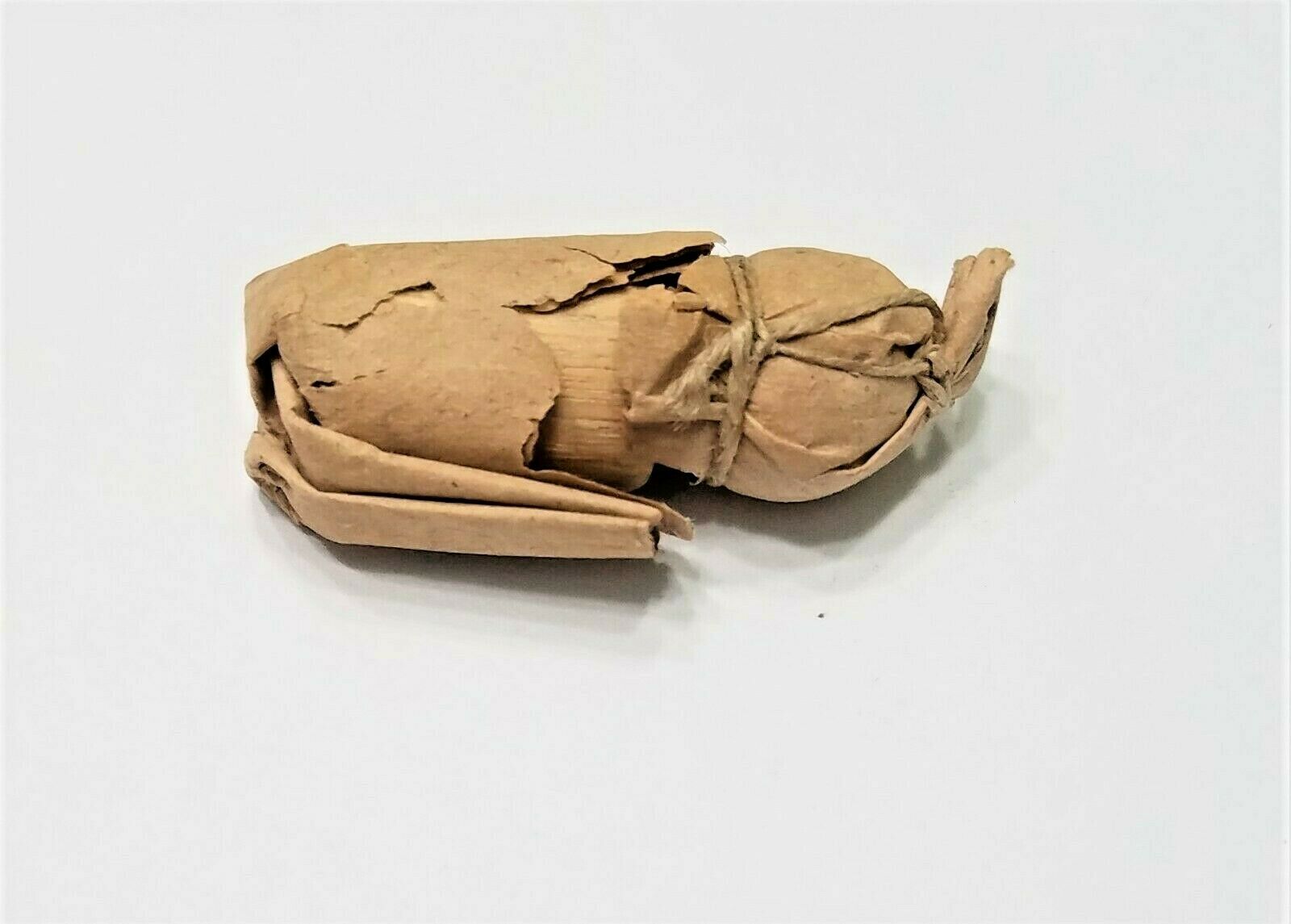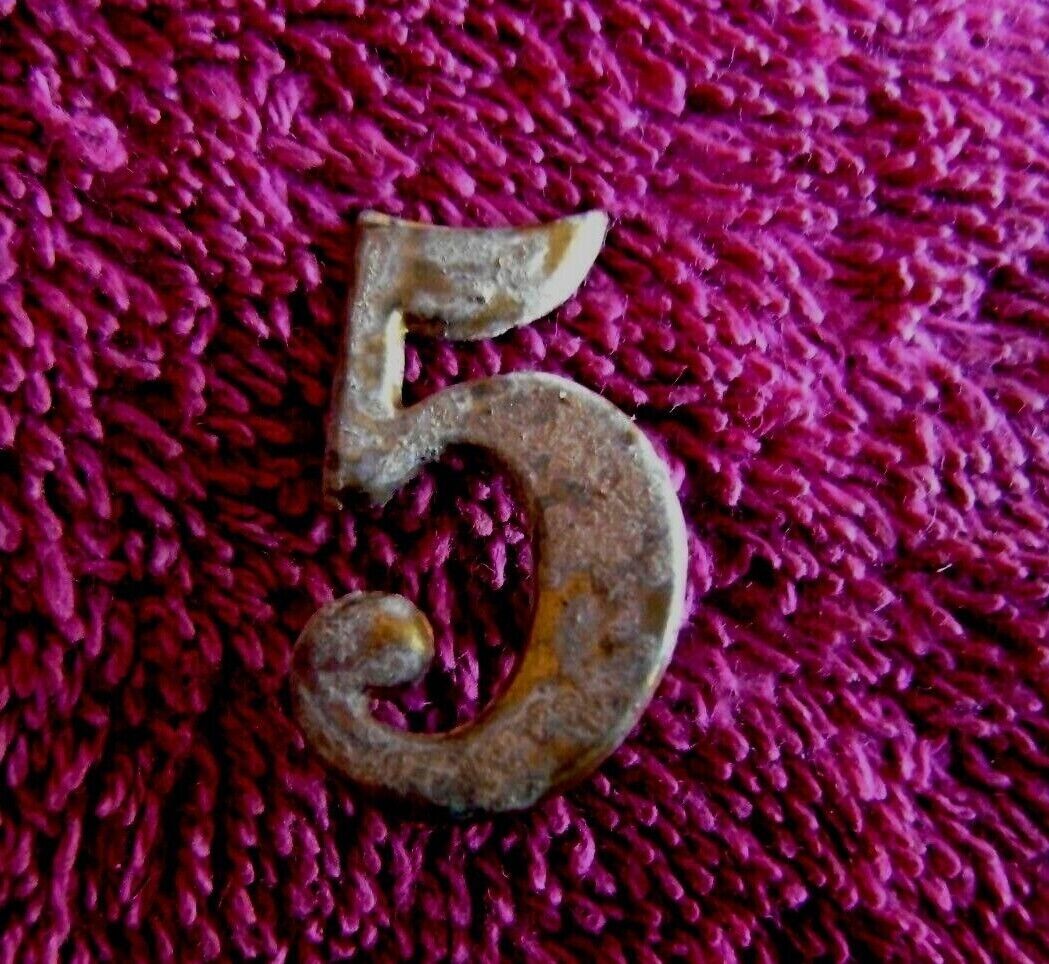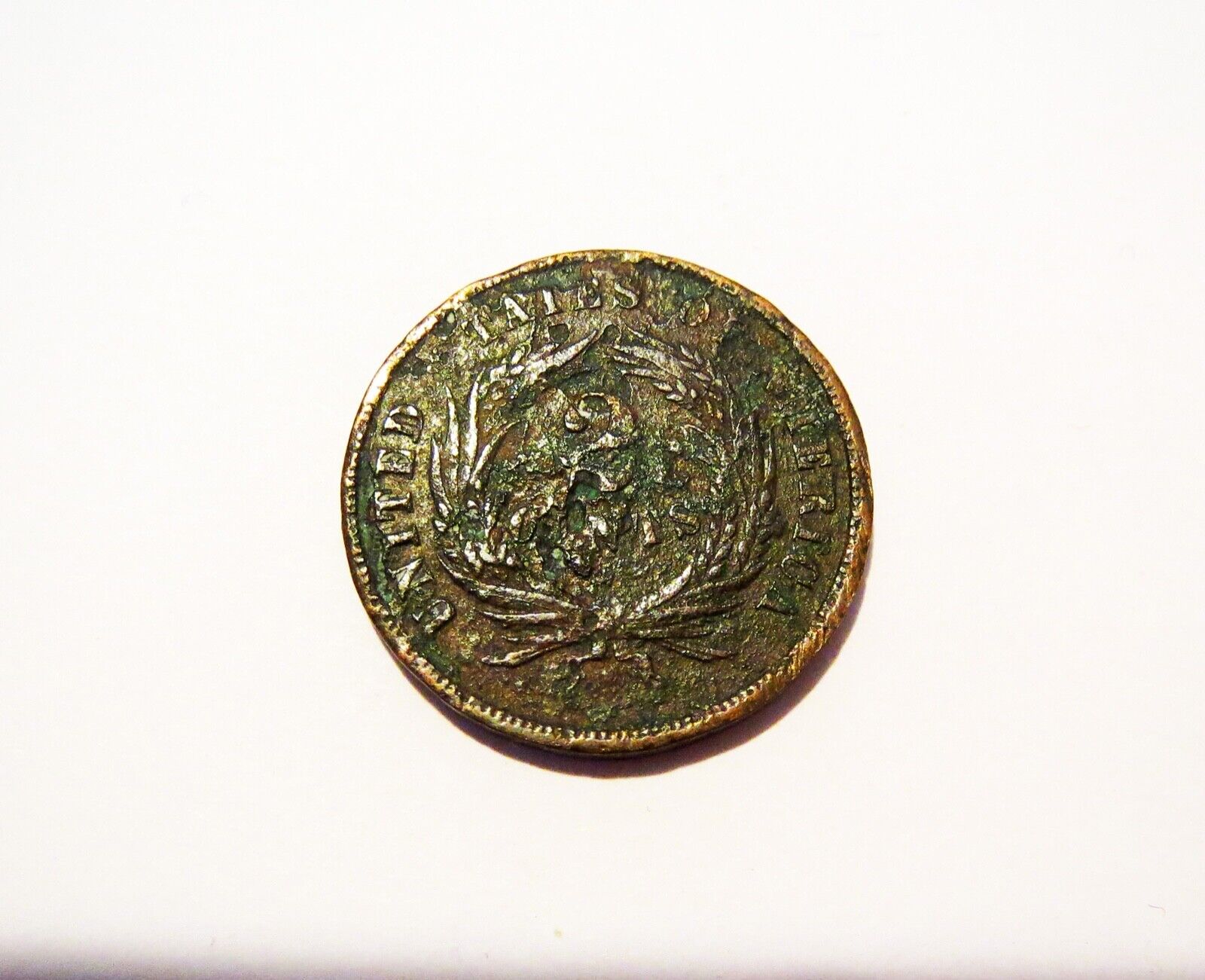-40%
Dug Civil War .52 Spencer-Carbine Bullet & Cartridge 1863 Battle of Fort Bisland
$ 6.84
- Description
- Size Guide
Description
Dug Civil War .52 Spencer-Carbine Bullet & Cartridge 1863 Battle of Fort Bisland! Condition is "Used". Shipped with USPS First Class. I can combine shipping on two or more items!A nice dug Civil War .52 Spencer-Carbine Bullet & remnants of the brass Cartridge found at the 1863 Battle of Fort Bisland Louisiana! Excavated back in the late 80s by my dad and a couple of his relic hunting friends!
These artifacts have been in my dad's personal collection of Civil War relics he dug over the last 60 years and I hate to get rid of them but it's time to downsize his relic room!
The Spencer- Carbine Bullet and brass Cartridge are in great dug shape for over 140 plus years of being in the ground but please view all the photos and you be the judge of condition!
All artifacts are 100% guaranteed authentic recovered on private property with land owners permission!
The Spencer repeating rifles and carbines were early American lever-action firearms invented by Christopher Spencer. The Spencer was the world's first military metallic-cartridge repeating rifle, and over 200,000 examples were manufactured in the United States by the Spencer Repeating Rifle Co. and Burnside Rifle Co. between 1860 and 1869. The Spencer repeating rifle was adopted by the Union Army, especially by the cavalry, during the American Civil War but did not replace the standard issue muzzle-loading rifled muskets in use at the time. Among the early users was George Armstrong Custer. The Spencer carbine was a shorter and lighter version designed for the cavalry.
These cartridges have been excavated from camp and battlesites throughout the South and Trans-Mississippi theater!
The Battle of Fort Bisland was fought in the American Civil War between Union Major General Nathaniel P. Banks against Confederate Major General Richard Taylor during Banks' operations against the Bayou Teche region in southern Louisiana.
When Banks departed New Orleans, he planned to capture Taylor's army in its entirety. On April 9, two divisionsfrom the XIX Corps crossed Berwick Bay from Brashear City (present day Morgan City, Louisiana) to the west side at Berwick. On April 11, Banks began his advance in earnest.
Taylor was well aware of Banks' advance because of successful scouting by his cavalry under Brig. Gen.Thomas Green. Green shadowed Banks' army and reported back to Taylor every detail of the maneuvers of the Union army.
On April 12, Banks sent a third division, under Brig. Gen.Cuvier Grover, up the Atchafalaya River to land in the rear of Franklin, intending to intercept a Confederate retreat from Fort Bisland or turn the enemy's position. General Taylor sent some of Green's cavalry to the front to ascertain the enemy's strength and slow his advance. He also sent troops under Brig. Gen. Alfred Mouton to impede the advance of Grover's division.
Late in the day, Union troops of Brig. Gen.William H. Emory's division arrived and formed a battle line outside the Fort Bisland's defenses. An artillery barrage ensued from both sides until dark when the Federal troops fell back to camp for the night. About 9:00a.m. on April 13, Union forces again advanced on Fort Bisland. Banks had three brigades under in position south of theBayou Teche. The brigades were deployed with Godfrey Weitzelon the left, Halbert E. Paineon the right (anchored on Bayou Teche) with Timothy Ingraham in support.
Opposing the Union forces south of the Teche was the "Arizona Brigade" commanded by Brig. Gen.Henry Hopkins Sibley. North of Bayou Teche was the Union brigade of Oliver P. Gooding who faced off against Mouton's Confederate brigade. Combat did not begin until after 11:00a.m. and continued until dusk. In addition to Confederate forces in the earthworks, the gunboat Diana, which had been captured and was now in Confederate hands, shelled the Union troops.
U.S. gunboats joined the fray in late afternoon. By early evening, fire had halted. Later that night, Taylor learned that the Union division that went up the Atchafalaya and landed in his rear was now in a position to cut off a Confederate retreat. Taylor began evacuating supplies, men, and weapons, leaving a small force to slow any enemy movement. The next morning, Banks and his men found the fort abandoned!









